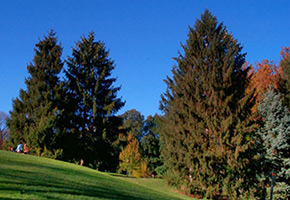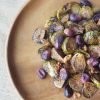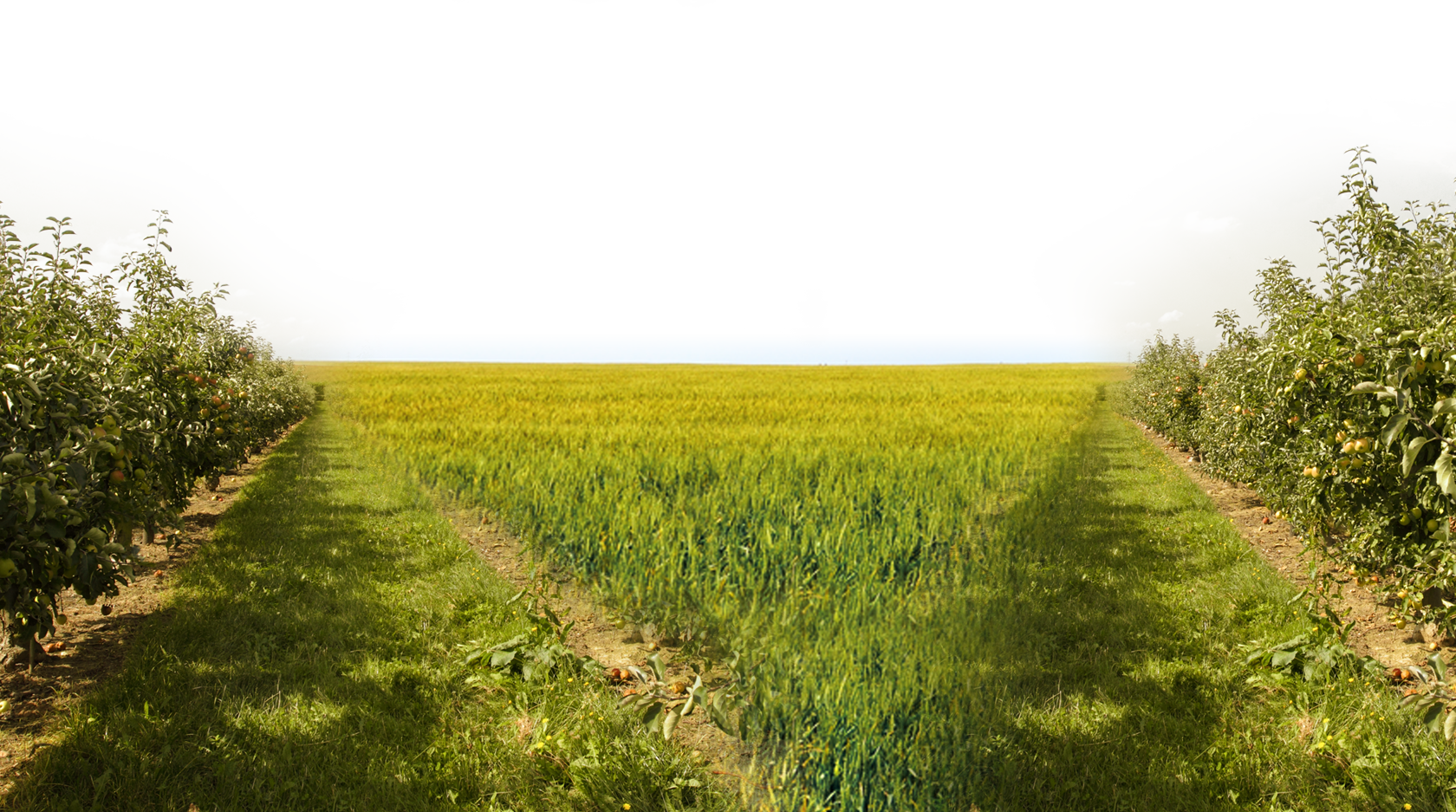
Pesky tree key to fighting MRSA?
By Chelsea Vurciaga | 0 Comments | Posted 08/29/2014
Lots of people know the Methicillin-resistant Staphylococcus aureus (MRSA) bacteria as the “scary staph” that is resistant to most forms of medications—and the bad news is that this dangerous bacteria infection is on the rise. According to the Center of Disease Control, thirty years ago only 2 percent of all staph infections in the US were MRSA, but by 2003 that number climbed to a whopping 64 percent. By 2005, 94,000 people developed life-threatening MRSA with nearly 19,000 dying from it.
However, a simple tree could be the key to fighting MRSA and stopping the threat in its tracks. Researchers have discovered a staph-fighting chemical compound in the needles of Red Cedar trees may provide a new solution. Initial tests have shown promise that this chemical compound can thwart the deadly MRSA bacterium.
What makes this more intriguing is that the Red Cedar tree has often been considered a “trash tree” and has been thought of as a nuisance because of the way it invades fertile farmlands. Also, the Red Cedar is available in large numbers year around so there is plenty of supply—an estimated 500 million grow in Missouri alone.
“I wanted to find a use for a tree species that is considered a nuisance,” said Chung-Ho Lin, research assistant professor in the MU Center for Agroforestry at the College of Agriculture, Food and Natural Resources. “This discovery could help people fight the bacteria as well as give farmers another cash crop.”
Read the University of Missouri brief about the study here.


 Contact us
Contact us



























